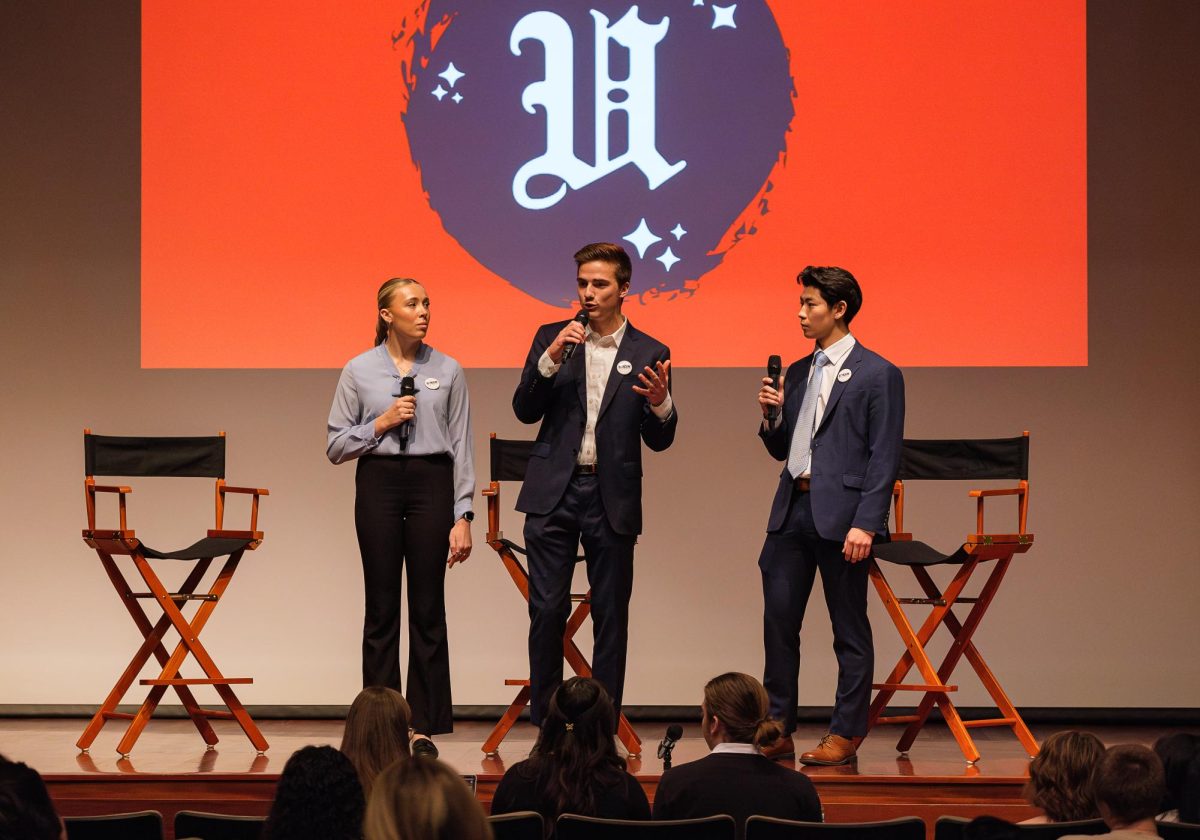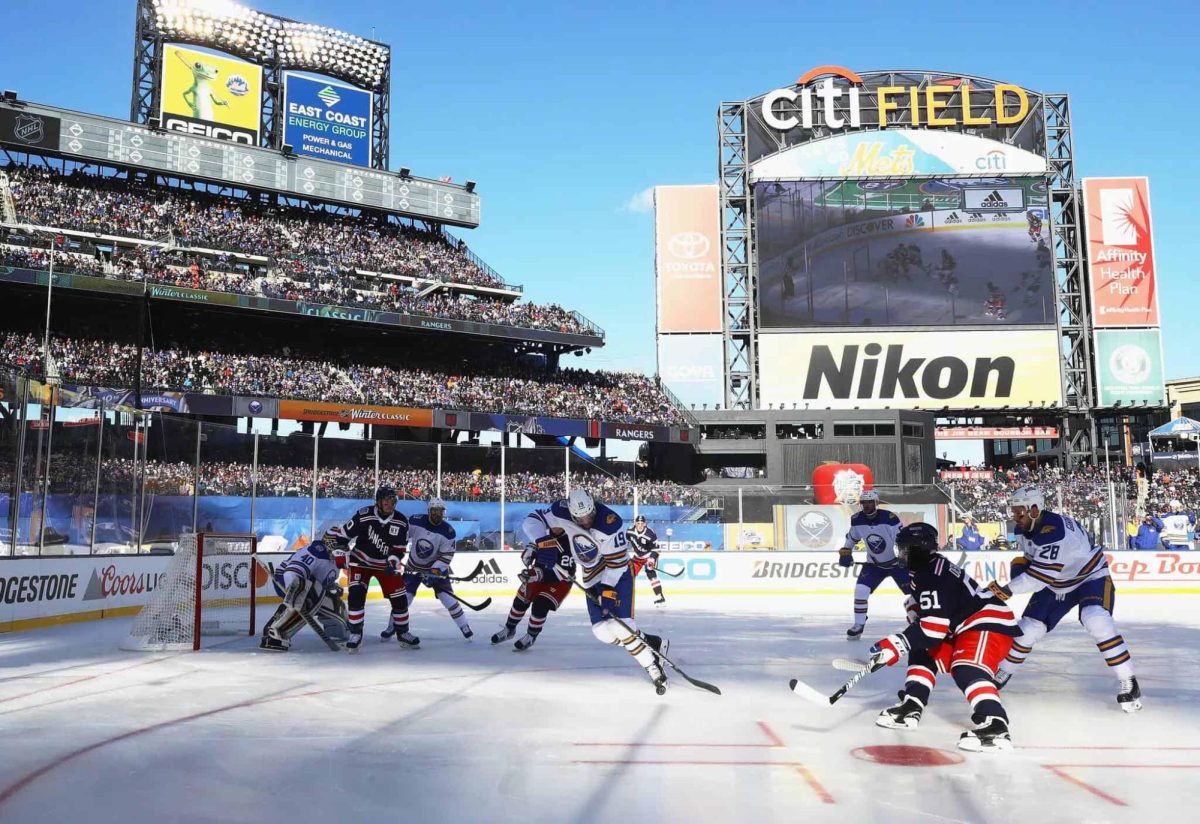Barron: Utah Sees Porn as a Health Crisis, But Hasn’t Adequately Addressed Revenge Porn
November 20, 2019
During the 2016 legislative session, the Utah House of Representatives passed a resolution that declared pornography to be a public health crisis. This resolution claimed that viewing porn “perpetuates a sexually toxic environment” and “[contributes] to the hyper-sexualization of teens.” The resolution, however, did not include any mention of revenge porn, even though victims are known to experience sexually toxic environments online after their intimate photos are leaked. Declaring pornography a public health crisis during the more pressing winter inversion was ironic, but deciding to write this resolution instead of passing legislation to better protect victims of revenge porn was moronic.
Revenge porn is image-based sexual abuse, also known as non-consensual pornography. By posting intimate images or videos of a person online without their consent, perpetrators use a loss of privacy and sexual autonomy to assert control over their victims. Non-consensual pornography is distressingly common. We saw it in 2014 when Jennifer Lawrence’s nudes were posted on 4chan and we saw it last month when former Representative Katie Hill’s intimate photos were published in The Daily Mail, and several times in the years between. Indeed, around the same time as the 2016 anti-porn resolution, a Utah man created a fake Facebook account of his ex-girlfriend where he posted intimate photos of her. When her friends and family searched for her profile to see her new baby, they saw these photos instead. This abuse was permitted to go on for four months before he was arrested.
Non-consensual pornography has been a criminal offense under Utah Code since 2014, but it is not considered a sexual offense. This results in penalties for this crime to be much lighter than those of traditional sexual abuse. Additionally, a person can only be charged under our current law if they act “with the intent to cause emotional distress or harm,” allowing perpetrators to go uncharged. While the law has been used to provide victims justice in our state, there is a clear need to strengthen the law.
Like any sexual offense, non-consensual pornography has lifelong impacts on its victims. According to a paper published in the Journal of American Psychiatry and the Law, it is “the humiliation, powerlessness and permanence” associated with non-consensual pornography that can result in lifetime mental health effects including “depression, withdrawal, low self-esteem and feelings of worthlessness.”
As the “internet is forever,” victims can also suffer personal and professional impacts when their intimate photos are shared without their consent. Dr. Holly Jacobs was a victim of non-consensual pornography while pursuing her graduate degree. The intimate images shared resulted in Jacobs quitting her job after an anonymous informant e-mailed the images to her university. Jacobs even changed her name to escape scrutiny, but her harasser simply reposted the explicit images and linked them to her new name.
Adults are not the only target of non-consensual pornography in the state. In 2017, The Desert News investigated sextortion — extortion involving the threat to post intimate photos online — among adolescents in Utah and the report uncovered several active sextortion investigations throughout the state. According to Steve Cagen, head of U.S. Homeland Security Investigations in Utah and surrounding states, the average age of children who fall victim to sextortion is 12 to 14 years old.
A national study found that 1 in 20 adult social media users have posted non-consensual pornography. Of these perpetrators, 80% then claimed their intention was never to hurt their victim, meaning they could not be charged under Utah’s current non-consensual pornography law. Intent should not be relevant to non-consensual pornography because 93% of victims reported significant emotional distress and 82% reported suffering significant impairment in social or occupational settings regardless of the perpetrator’s intentions.
Laws that specifically protect victims of non-consensual pornography are important. Laws against stalking and harassment only apply to non-consensual pornography cases when victims can show that the intimate images were used with intent to cause distress and harm. It is also difficult to charge perpetrators of sextortion under these laws. Likewise, many states’ voyeurism laws do not protect against published images that were obtained consensually for private use.
Beyond providing late-night hosts with comedic material about the state, the 2016 anti-porn resolution had no noticeable effect. If the Utah legislators truly care about protecting Utahns from “sexually toxic [environments]” and reducing the “hyper-sexualization of teens,” there needs to be a shift in focus from drafting resolutions condemning the personal choice to consume sexually explicit content to passing legislation condemning abusers who post sexually intimate content without consent. Our current non-consensual pornography law must be updated so that this crime is treated as a sexual offense and no longer requires a victim to prove harmful intent to file charges. This new law would allow more instances of non-consensual pornography will be addressed with the appropriate penalty in our state.








